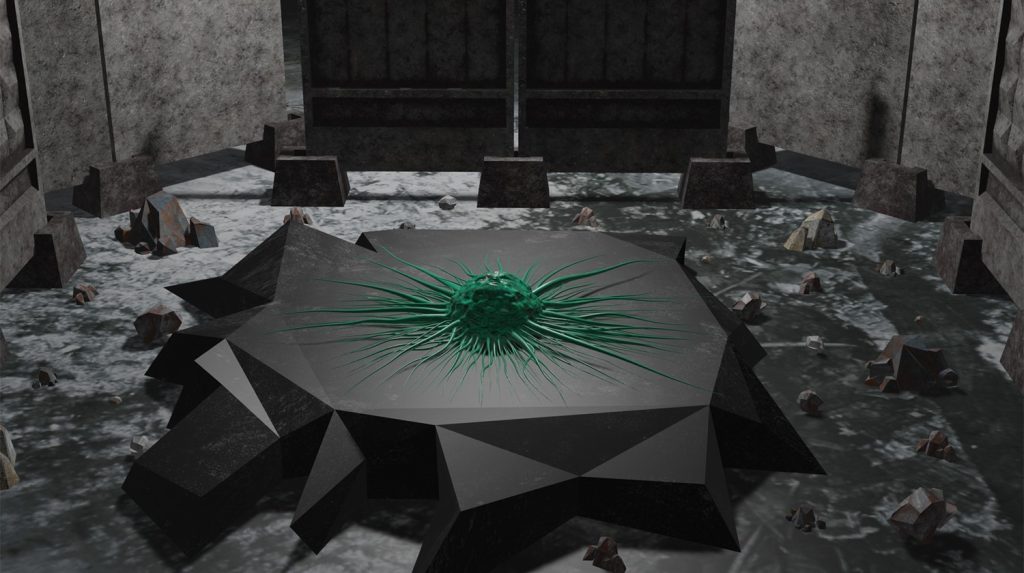
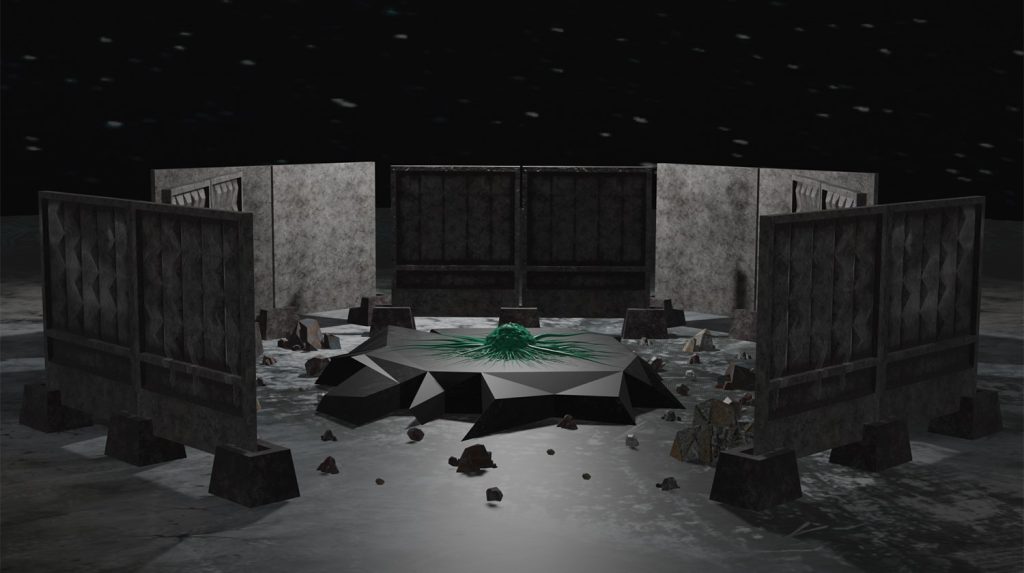
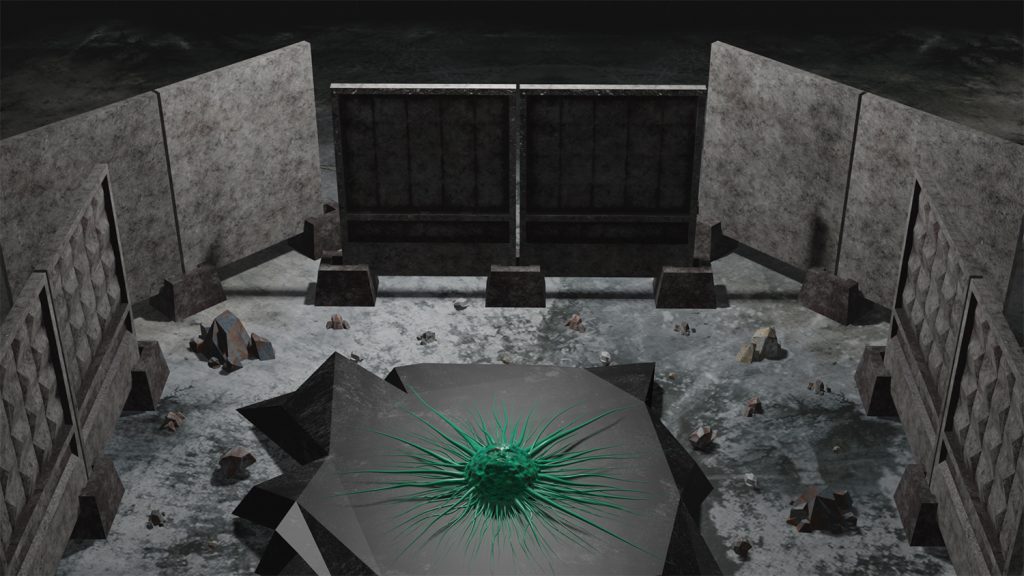
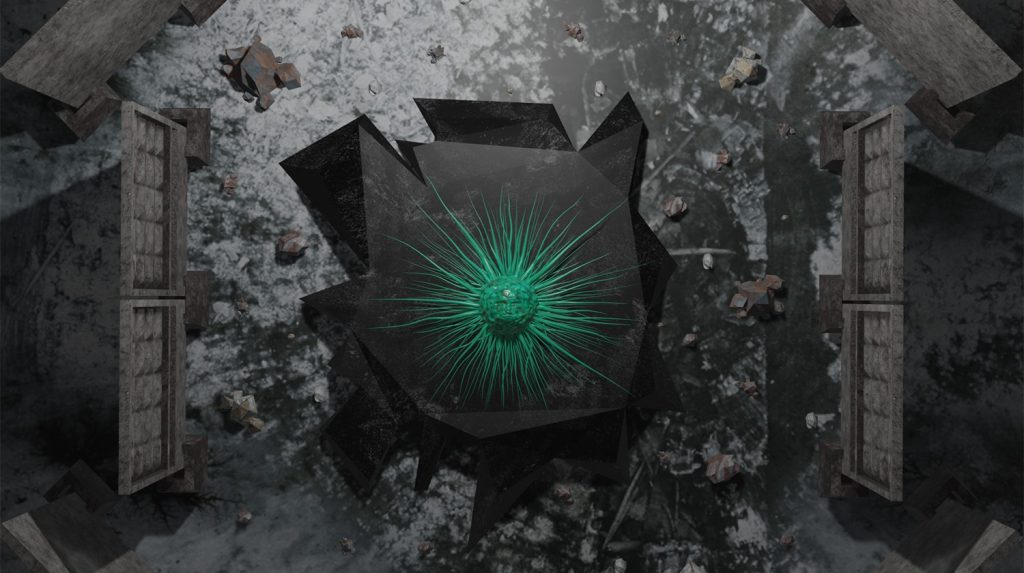
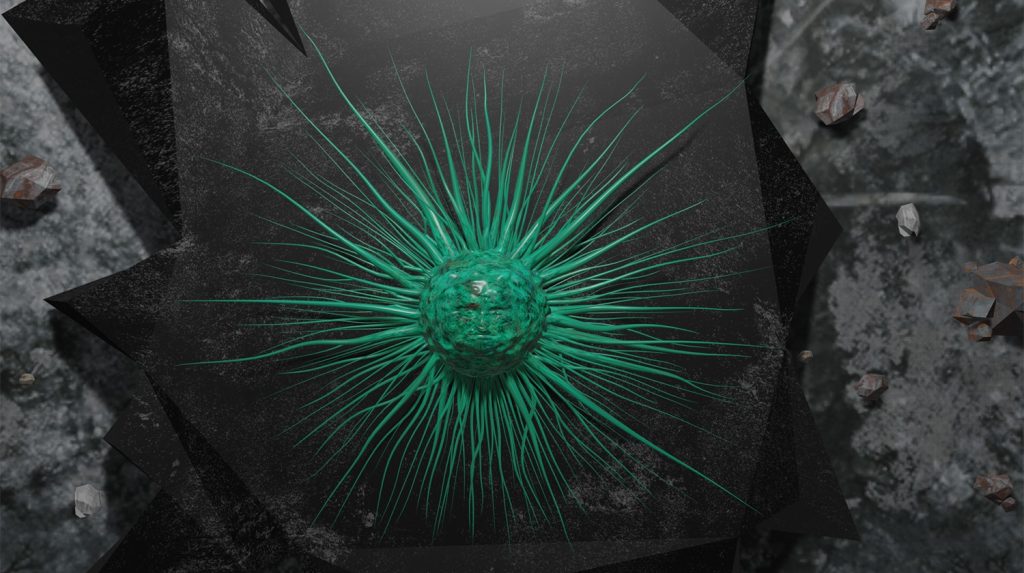
For some time after the Chornobyl disaster, it was believed that the existence of any life at the site of the explosion was impossible. However, shortly after these events, various members of the fauna returned to the exclusion zone, and in 1991, microbiologist Nelly Zhdanova and colleagues found on the wreckage of the reactor colonies of fungi thriving in an environment where the radiation background exceeds hundreds of times the maximum allowable norms. In addition, despite the lethality of radiation, fungi “learned” not only to live in the middle of it but also to convert it into energy for themselves.
In the history of each family and entire nation, some events can strengthen existing and create new ties. Despite all the tragedy, such a precedent is April 26, 1986 — a turn in history that shook the whole society and radically changed the lives of many families.
But having overcome all the difficulties caused by the man-made catastrophe, the population of all of Ukraine had to suffer defeat from another explosion – the collapse of the Soviet Union in 1991. The dream of freedom turned into a social catastrophe for many, as the transition from a planned to a market economy was too abrupt and shocking.
The parallels of these two events converge not only on the same actors but also on the general narrative – to survive-adapt-live-on. This is why the settlers from Pripyat, like most Ukrainians, resemble the same fungi Cladosporium sphaerospermum, Wangiella dermatitidis, Cryptococcus neoformans and others from the epicenter of the accident – the phenomenal ability to survive and form new rhizomatous connections is inherent in the above.
The Radiotroph project as VR installation is available to view online here:
https://hub.link/5Drykz3